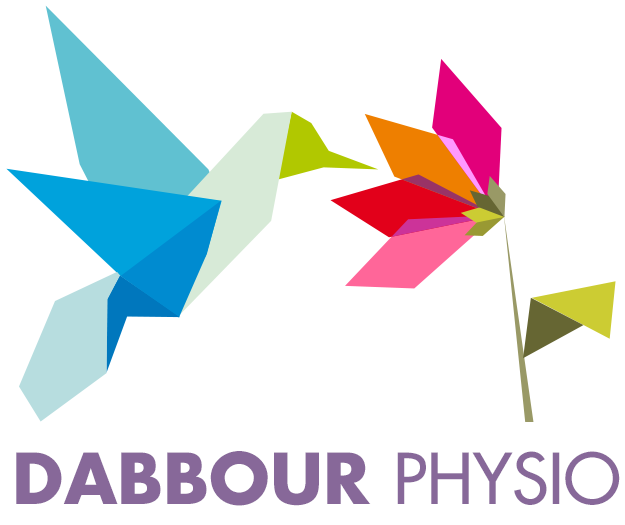Antenatal and Postnatal
During the antenatal and postnatal period the body undergoes a significant amount of musculoskeletal and hormonal changes.
These changes can affect the body by weakening and stretching the abdominal, back and pelvic floor muscles. This results in an increased risk of joint and ligament injuries within the body or suffering from general pain and dysfunction. Physiotherapy can help with a number of issues related to the antenatal and postnatal periods.
Common conditions treated include:
- PGP can include sacroiliac pain, pubic symphysis pain, coccyx pain or a combination or any of these. Symptoms include pain in the lower back, the ground area, front and back or the thighs, back of lower leg, around your hips as well as any pain around your pelvic floor and around the vagina, perineum or anus.
- Treatments include advice and education on the management and rehabilitation of the pain as well as exercises and training programmes focused on strengthening the muscles helping to improve the stability of your pelvic and back. Physiotherapy treatment can also include the use of equipment such as pelvic support belts or massage and gentle manipulation of the relevant areas.
- Physiotherapy can help manage and rehabilitate any pain caused by tears or scars from the birth such as from a C-section (Caesarean) or episiotomy.
- Physiotherapy can also help with advice and education on how to minimise scar tissue and ensure the best possible healing from tears and incisions.
- Post-pregnancy many women can suffer from pain in the spinal area. Women’s Health Physiotherapists are trained to diagnose and treat any issues related to this as well as any musculoskeletal lower back pain.
- Treatments include advice and education on the management and rehabilitation of the problem as well as exercises and training programmes focused on strengthening the muscles helping to improve the stability of your back.
- Physiotherapy can help to ensure that you are perfectly placed to return to exercise and other daily activities after your pregnancy. Physiotherapy can help to minimise the risk of common problems caused by too early return such as prolapse, back pain and injuries due to weak abdominal and pelvic floor muscles.
- DabbourPhysio is particularly well-placed to help if you wish to return to high-level activities with its extensive experience in strength and conditioning training of antenatal and postnatal women.
- Treatment includes a personalised training programme designed to help improve any weakness in your core and pelvis due to the pregnancy. The exercise prescription can also be adjusted towards your goals and your preferred activities, allowing you to incorporate your treatment into your daily life.
- Causes of internal pelvic pain that physiotherapists are trained to diagnose include overactive pelvic floor muscles, vulvodynia, endometriosis, vaginismus, dyspareunia, hormonal changes and skin irritation.
- Depending on your type of pelvic pain, there are a large variety of treatments. This can include advice/education on how to manage and prevent the pain as well as exercise programmes and manual therapy. It can also include manual therapy to help relax the pelvic floor muscles as well as trigger point release, myofascial stretches and scar massage.
- Symptoms include pain at sexual penetration or simply at any penetration of the vagina (tampons, birth control etc) or the sudden onset of pain after previously pain-free sex. It can also present as a deep and heavy pain during thrusting, general throbbing, burning or aching that remains after intercourse.
- Patients with dyspareunia often present with musculoskeletal issues that can be helped by physiotherapy. Treatments include advice/education on intercourse and sexual activity in addition to training of the pelvic floor muscles. It can also include manual therapy to help relax the pelvic floor muscles as well as trigger point release, myofascial stretches and scar massage.
- During pregnancy, your rectus abdominis muscle may separate as your baby grows. This muscle is in the midline of your stomach and has a major role in providing stability to your lower back and your core.
- Separation of the rectus abdominis heals normally during the first three to four months postnatal. After this period, progressive abdominal exercises are required to help ensure the muscle regains its strength and will be able to help prevent you having an increased risk of lower back pain, pelvic floor dysfunction and abdominal hernias.
Feel free to reach out if you have any questions,
or would like to book an appointment!
or would like to book an appointment!
Got Questions?
Get Some Answers
Got Questions?
Get Some Answers

